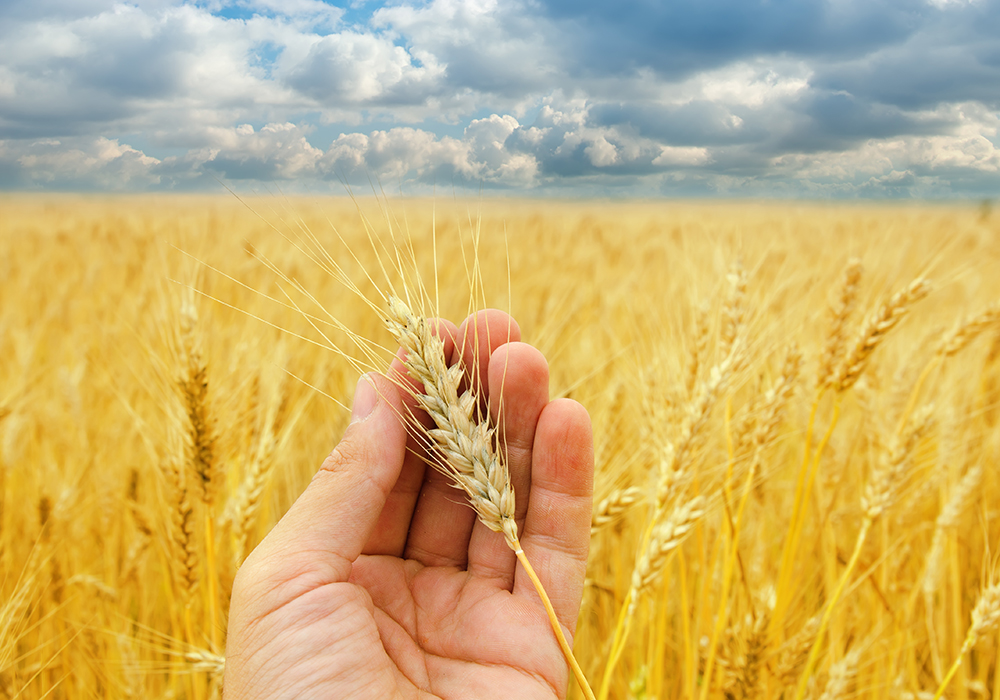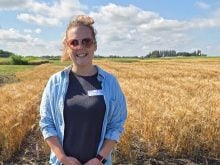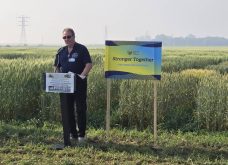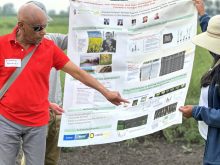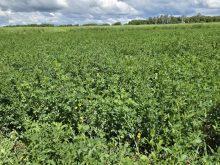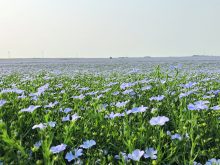Last year when I was organizing content for the New Seed Variety Guide the drought across much of the Prairies weighed heavily on everyone in agriculture.
Unsurprisingly, drought tolerance often came up during conversations with both farmers and researchers as an important research priority.
Other stories in the New Seed Variety Guide 2025:
- Rethinking oats
- Early maturing soybeans
- Phenotyping a la carte
- Durum variety designed for higher food fibre
- Genetic modification, global trade and illegal seed concern seed growers
It’s still very dry in some areas, while in others crops have been undermined by too much rain and there have been calls from farmers to develop “a set of water wings” in varieties to help them pull through high-moisture conditions.
Read Also

Using artificial intelligence in agriculture starts with the right data
Good data is critical as the agriculture sector increasingly adopts new AI technology to drive efficiency, sustainability and trust across all levels of the value chain.
Setting crop research priorities can be very difficult.
For crops like canola, corn and soybean where the private sector has the genetic reins, seed companies fund and direct the research that will help them compete for acres, often for many years down the road.
For these crops, growers use their pocketbooks to reward the companies that get their research priorities right.
Considering the results there are some obvious benefits to this model.
For instance, a few farmers are still baffled at the canola yields they could pull off over the past few years, considering the sparse rain they received.
It appears private breeding programs on the Prairies over the past few decades have dramatically increased canola’s water-use efficiency, not to mention a host of other agronomic traits that improve productivity.
On the other hand, public research has a long history of providing ground-breaking results the entire industry is built upon.
Research programs at Agriculture and Agri-Food Canada (AAFC) and universities take the lead for crops such as pulses and cereals because private companies say the saving and reuse of seed makes it difficult to get an adequate return to justify larger investments.
For public research, often funded by checkoffs and five-year government policy programs, a more proactive approach is needed by farmers.
It’s difficult for crop researchers to know how to position their work, partly because their projects often last longer than specific weather or electoral cycles.
For instance, if the Conservatives unseat the Liberals next year, will the current focus on developing crops that require less fertilizer to help reduce greenhouse gas emissions fall by the wayside when the current funding program runs out?
Or if the Prairies get thrown into a multi-year wet cycle, will the desire to improve drought tolerance wane because diseases and pests that thrive in moist conditions become a much more immediate problem?
The nature of both farming and crop research requires patience and long-term thinking that can be difficult to muster in the face of existential problems on the doorstep today.
Farmers may eventually become variety takers for all crops, as they are with canola, corn and soy.
But in the meantime, AAFC and university researchers need to know what you’re up against to better help you out.
Grower groups have an important role in helping to direct crop research, but the needs of farm a few hundred kilometers away might not line up with yours.
So it’s important to first to figure out what crop improvements will help your farm be successful, and then communicate them to your producer groups, or directly to the researchers.
In my experience, most researchers will be happy to hear what you need, as they try to rope you into one of their surveys.
Prairie crop researchers are tackling difficult problems on your behalf, so you should help them whenever possible.
Contact robin.booker@producer.com


